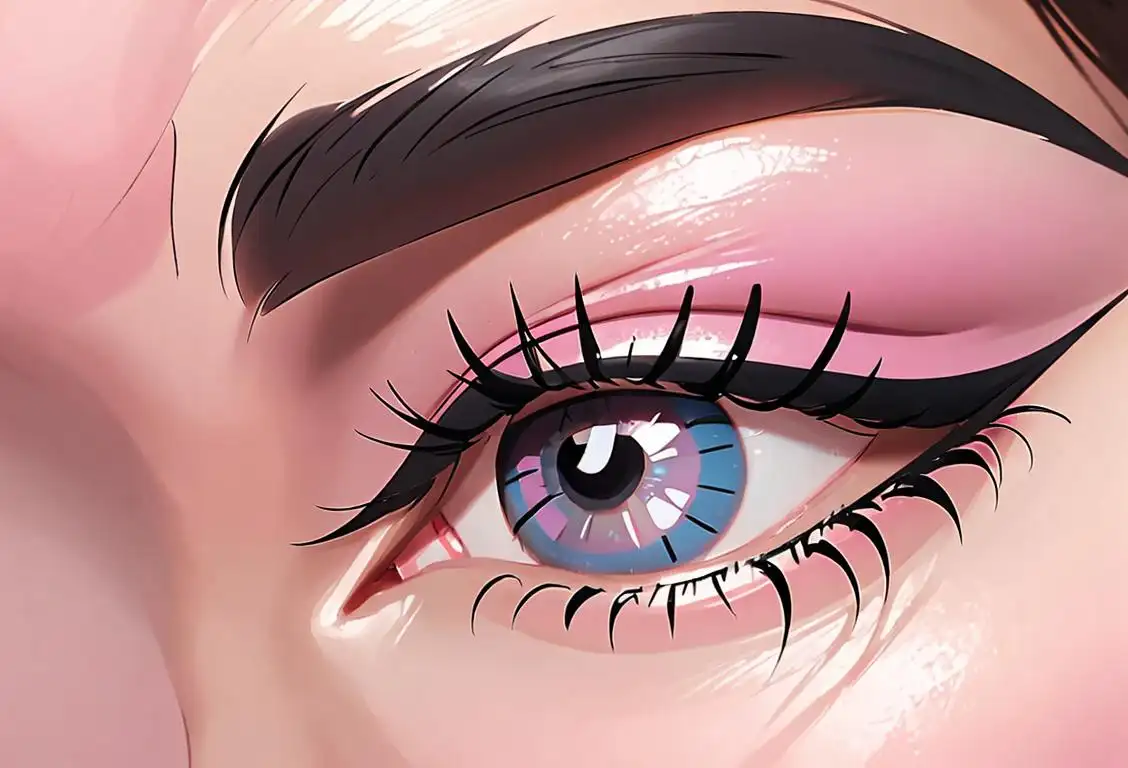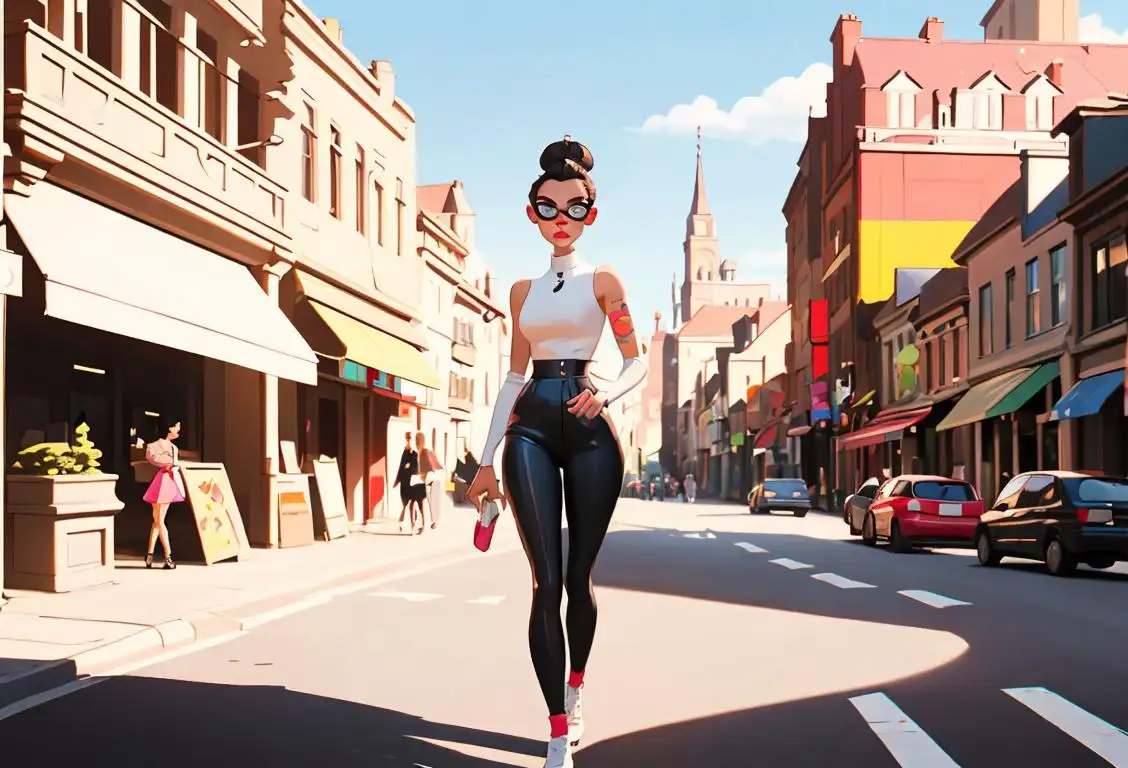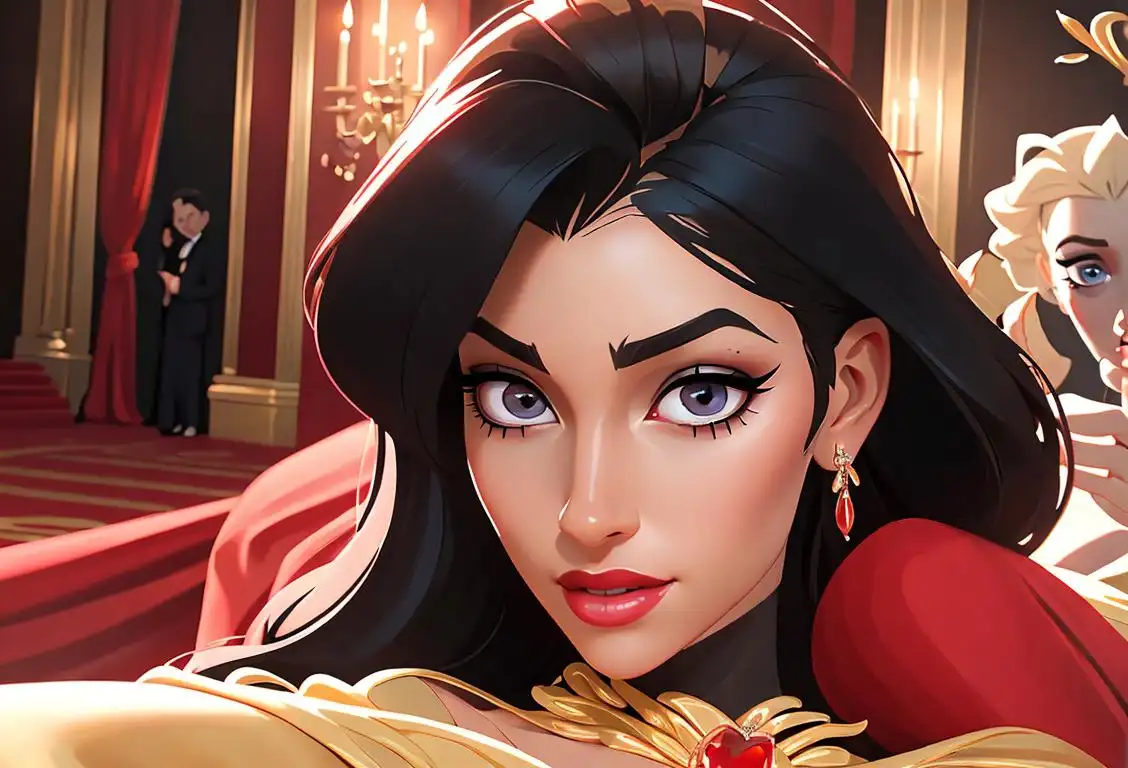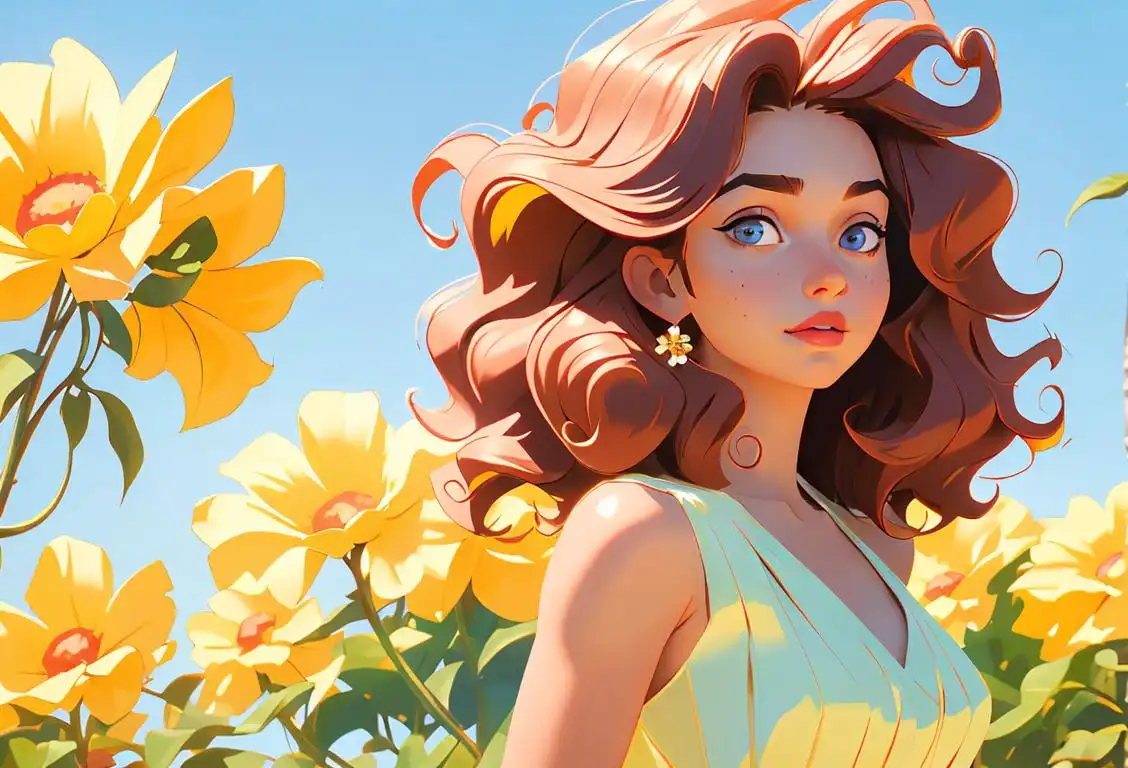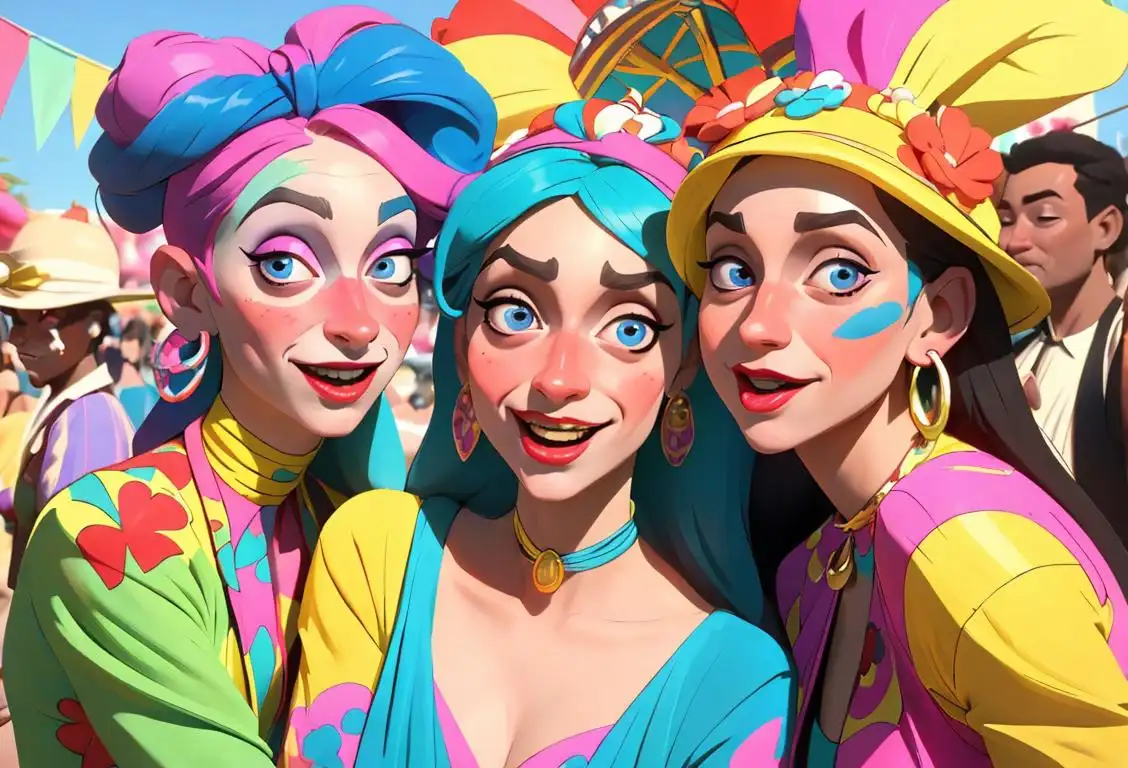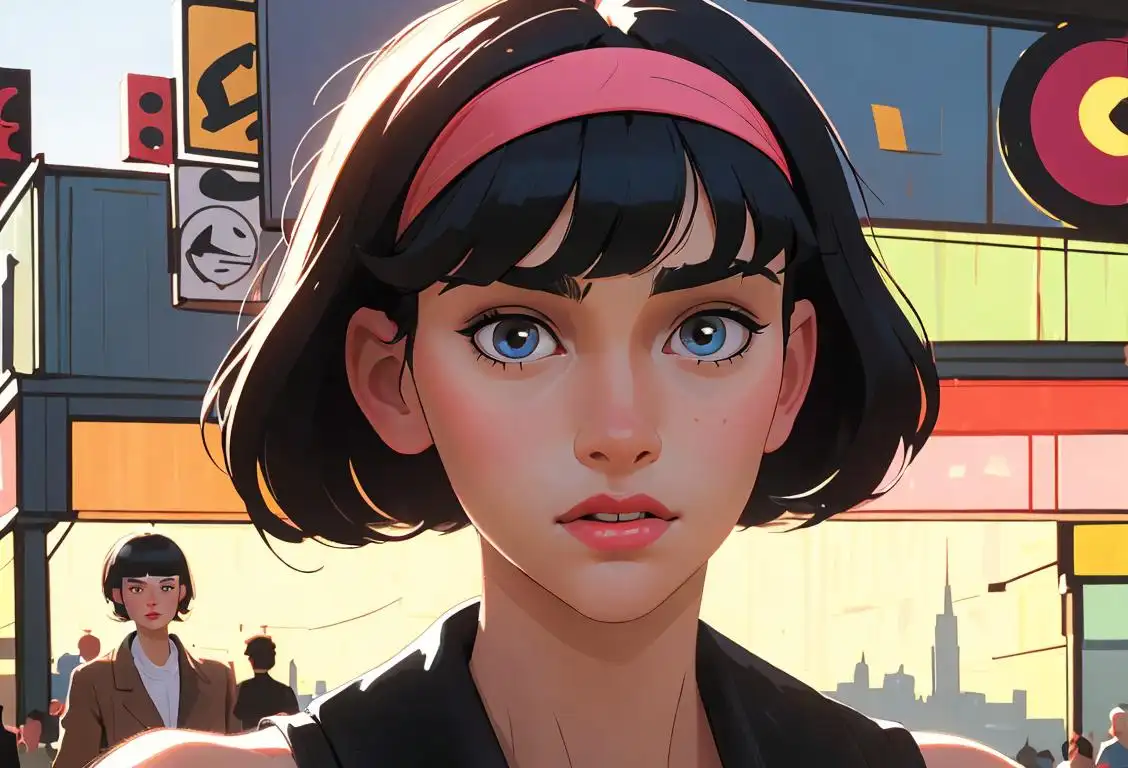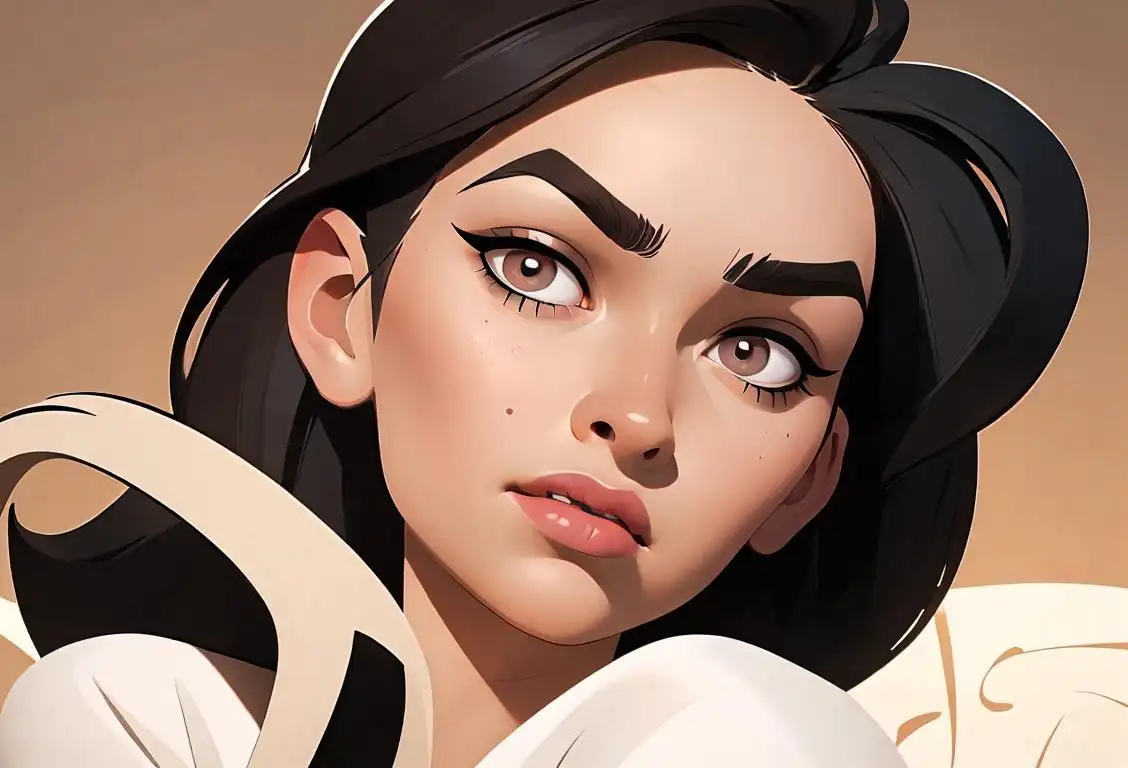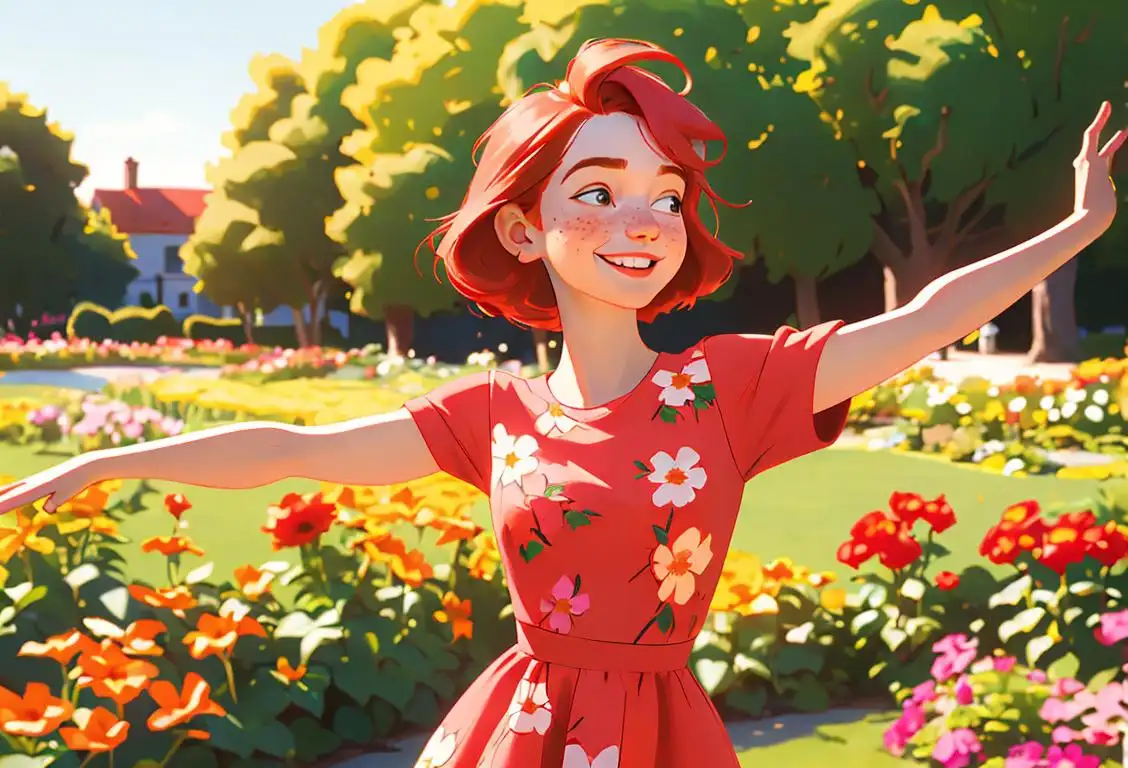National Makeup Day
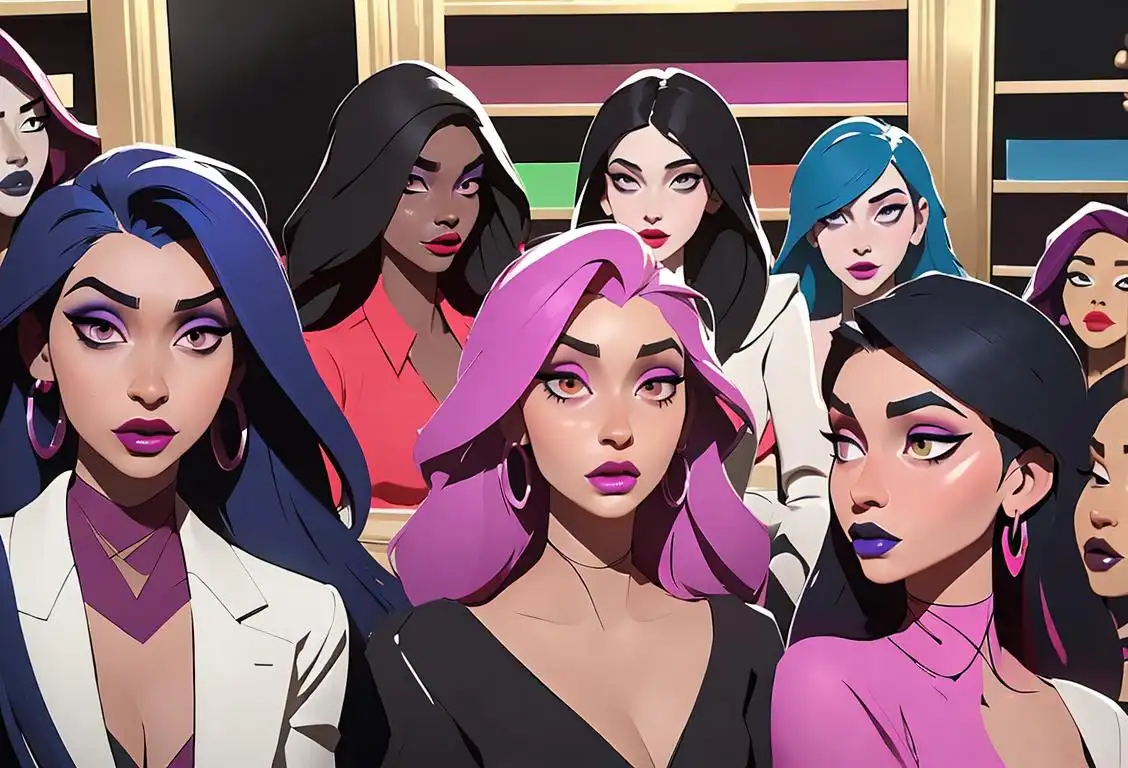
Who doesn’t love a good excuse to doll up with a little extra eyeliner—or even a lot? Well, if you're one of those who can't resist a glitzy eyeshadow palette or a glossy lipstick, you're in luck! You can now worship this ulta-glam miracle in all its glory, thanks to National Makeup Day. Yes, you heard it right. Great excuse to take out the makeup vanity and get artistic!
When is Makeup Day?
It's national makeup day on the 4th August.
Does Painting Faces Sound Fun? Well, It's Here To Stay!
On National Makeup Day, slap on some lipstick, dab on some blush, and make your lashes bat-worthy. Celebrated with the first noticeable spike online on 04 Aug 2015. We detected 14 mentions of it crawling the web, which is just an excuse to buy more mascara if you ask us.
A Day Of Glitz and Glamour
National Makeup Day gives everyone the opportunity to appreciate the artistry of makeup, the skills involved, and the transformation powers it holds. Makeup isn’t just about masked aesthetics but is often used to boost confidence, express creativity, and has even become a platform for powerful social statements.
Will You Join The Celebration?
You don’t have to be a hedgehog-person (who eats makeup – No, wait, that's a cosmet-avore!) to participate. Get adventurous, try out that bold lipstick you've been too shy to wear or how about some electric blue mascara for a change? Or keep it subtle with just a tinted moisturizer and some lip balm. The choice is yours!
Remember, It's All About The Fun
The beauty of National Makeup Day is that it embraces individuality and style. It's a day to have fun with your look and try something new. So tomorrow don't just paint the town red, paint your face too! (with your choice of color, of course).
History behind the term 'Makeup'
4000 BCE
Ancient Origins
The history of makeup begins in ancient civilizations. In 4000 BCE, ancient Egyptians were the first known culture to use makeup. They used kohl, a black pigment made from ground minerals, to line their eyes and darken their lashes. This cosmetic had both practical and symbolic purposes, as it helped protect the eyes from bright sunlight and evil spirits.
3000 BCE
Ancient Beginnings
Makeup has been used since ancient times. In Egypt around 3000 BCE, both men and women applied various substances to their faces to enhance their appearance. They used a mixture of minerals and oils to create eye makeup, such as kohl. Egyptians believed that this makeup had magical and protective powers.
3000 BCE
Ancient Origins
Makeup can trace its origins back to Ancient Egypt, where both men and women used various substances to enhance their appearance. Egyptians used a mixture of ground minerals and natural pigments, such as copper and lead, to create colorful makeup for their eyes, lips, and cheeks. The purpose of makeup in Ancient Egypt was not only to beautify but also to protect the skin from the harsh desert climate.
1600 BCE
Mesopotamian Influence
Around 1600 BCE, the Mesopotamians, specifically the Sumerians, started using makeup as well. They used a mixture of minerals to create a paste that adorned their faces. The makeup had aesthetic and religious significance, with different colors representing certain gods. This innovation by the Mesopotamians influenced and spread to other cultures in the region.
27 BCE
Roman Influence
The Romans also embraced makeup as part of their beauty routines. They used lead-based cosmetics to lighten their skin and applied red powders to their cheeks. Wealthy Roman women even had slaves specialized in applying makeup called 'cistellariae'. However, the use of lead-based makeup resulted in health issues.
1st Century CE
Roman Influence
During the Roman Empire, makeup took on a more extravagant form. The wealthy citizens of Rome used lead-based white powder to achieve a pale complexion, while also applying red pigments to their cheeks and lips. However, the use of lead-based makeup had detrimental effects on health, causing various ailments and even death. Despite this, the popularity of makeup continued to grow.
100 BCE
Roman Beauty Rituals
In ancient Rome, makeup became an integral part of daily life, reflecting the importance placed on physical appearance. Women and men of high social status used various cosmetics to enhance their features. They used lead-based powder to achieve a pale complexion, crushed berries for a rosy glow, and other mixtures for enhancing their eyes and lips.
17th Century
The Age of Excess
During the 17th century, elaborate and extravagant makeup styles emerged, especially in European courts. Pale skin was highly sought after, and women used a mixture of white lead and vinegar to achieve a porcelain complexion. They also applied vibrant pigments to their lips and cheeks to create a youthful appearance.
17th Century
Powdered Perfection
In the 17th century, makeup became a prominent feature of European fashion. Women in the upper class adorned their faces with heavily powdered white complexions, symbolizing wealth and social status. The cosmetics of this period consisted of a mixture of lead and vinegar, giving the powder a pasty texture. The desire for pale skin persisted, despite the known health risks.
10th Century
Arab Influence on Cosmetics
During the Islamic Golden Age in the 10th century, Arab culture made significant contributions to the field of cosmetics. Islamic physicians and chemists developed groundbreaking techniques for producing herbal-based cosmetics and perfumes. They synthesized new scents, created plant-based dyes, and introduced innovative makeup products to the world.
1909
The Birth of Maybelline
In 1909, T.L. Williams created the first modern makeup product, which eventually led to the birth of the Maybelline company. He developed a formula using coal dust and Vaseline to create a mascara for his sister Mabel. This innovative product quickly gained popularity among women, and thus, the cosmetics industry started to evolve.
20th Century
Rise of Modern Makeup
The 20th century witnessed significant advancements in the formulation and accessibility of makeup. In the early 1900s, renowned makeup artists, such as Max Factor and Helena Rubinstein, revolutionized the industry by introducing new products like foundation, mascara, and lipstick. The popularity of Hollywood films during this time further propelled the demand for cosmetics. Makeup became more affordable and accessible to a broader range of people.
16th Century
European Renaissance and Powdered Faces
The European Renaissance in the 16th century brought a renewed interest in cosmetics. Pale skin was considered desirable among the nobility, so people used thick layers of white lead-based powder to achieve a porcelain complexion. This fashion trend had severe health consequences as the toxic ingredients in the makeup caused lead poisoning.
1920s
The Rise of Hollywood Glamour
The 1920s marked a significant shift in makeup trends, thanks to the influence of Hollywood stars. Actresses like Clara Bow and Joan Crawford popularized dramatic eye makeup, bold lips, and defined eyebrows. This glamorous 'flapper' look became iconic and inspired many women to experiment with their own makeup styles.
21st Century
Diverse Beauty Standards
In recent years, the beauty industry has experienced a shift towards inclusivity and diversity. The emphasis now lies on embracing different skin tones, body types, and cultural beauty traditions. Makeup brands have expanded their product offerings to cater to a wider range of individuals, promoting self-expression and individuality. Social media platforms have also played a significant role in shaping and democratizing beauty standards, allowing people to share makeup tutorials and inspire others.
1994
The Birth of YouTube Beauty Gurus
With the advent of the internet, an entirely new era of makeup enthusiasts began to emerge. In 1994, YouTube was launched, and it laid the foundation for the rise of beauty gurus. Ordinary people could now showcase their makeup skills, share tutorials, and recommend products to millions of viewers worldwide, democratizing the beauty industry.
20th Century
Hollywood and Beauty Industry Revolution
The 20th century witnessed a revolution in the beauty industry, thanks to the influence of Hollywood. The rise of the film industry created a new standard of beauty that was emulated worldwide. Iconic actresses like Marilyn Monroe and Audrey Hepburn popularized specific makeup styles and products, leading to the commercialization of makeup on a larger scale.
21st Century
Diverse Beauty Standards and Makeup Revolution
In the 21st century, the beauty industry has become more inclusive and diverse. There is a growing emphasis on embracing individuality, challenging traditional beauty norms, and celebrating uniqueness. With the advent of social media and YouTube, makeup tutorials and product reviews have become popular, allowing people to experiment and express themselves through makeup like never before.
Did you know?
While we celebrate National Makeup Day now, the act of using makeup has ancient roots. The earliest records of makeup usage date back to the first Egyptian Dynasty around 3100 BC!Tagged
fun celebration beauty style makeup individualityFirst identified
4th August 2015Most mentioned on
4th August 2015Total mentions
14Other days
Makeup Day
Eyelash Day
High Bun Day
Lash Day
Curl Crush Day
Best Freaks Day
Bangs Day
Brett Day
Eyebrow Day
Redhead Day
